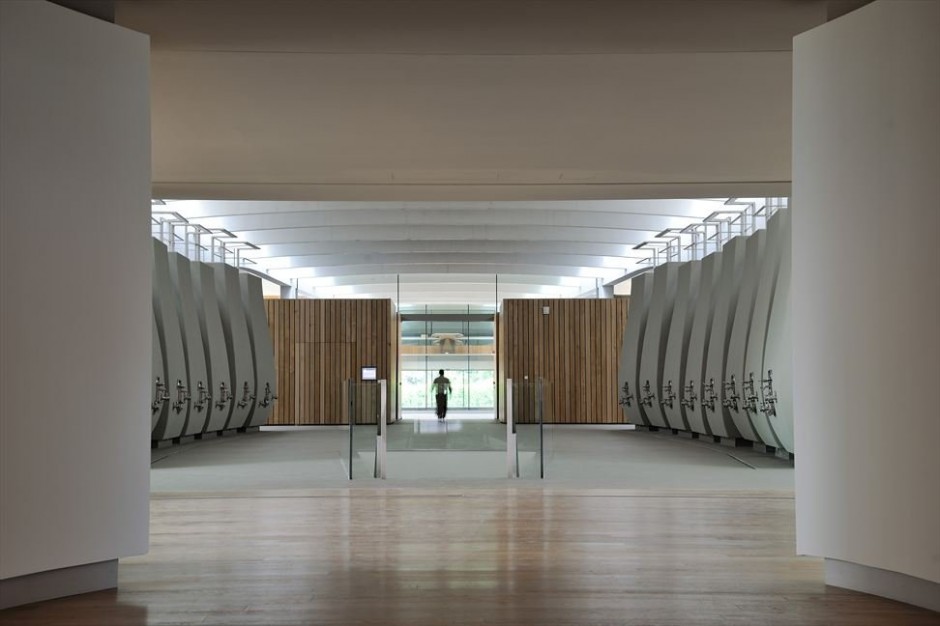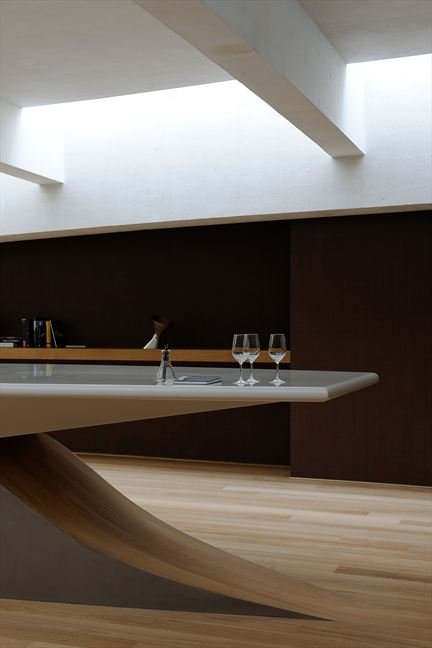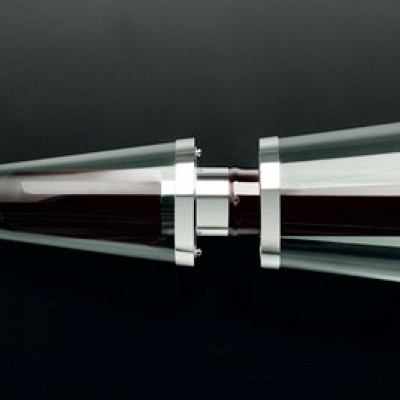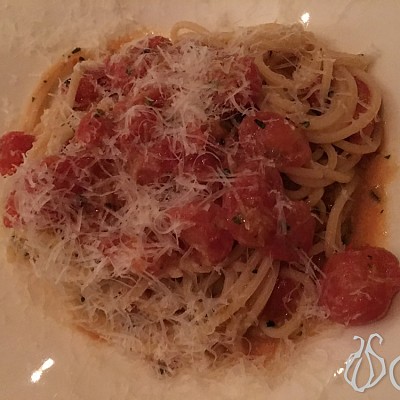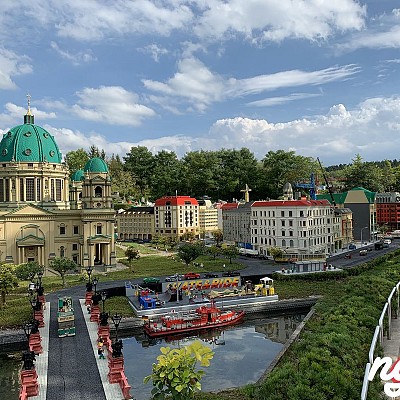In the heart of the vineyard, the “winery under the hill” initially looks like a promontory extending the château, a lifting of the earth, raised by sails of concrete towards the light and the sky. From a vantage point that seems to float in the air, the eye takes in the swathes of vines and the age-old history of the landscape.
A hill or a hanging garden floating over the vines? What gives the site a certain grace is a discreet cantilever effect suggestive of a pendulum, the geometry of the curved surfaces and their living substance of muted white moulded concrete, the unique atmosphere that derives from the natural light descending earthwards inside the vat house, between the contours of the great concrete vats.
This refusal of enclosure, even though inherent in the material, is a remarkable innovation: the “winery under the hill” is a place of concentration, almost of meditation, and yet open to what surrounds it, being as permeable to the light of the vineyard as to the coming and going of workers and visitors.
Between inside and outside, the winery is a place of transmutation and human interaction. That grace also derives from the desire, in evidence all around, for perfect harmony between the place and its purpose. And that is probably where the elegance comes from: we are in the place where an exceptional wine is made, among the sublimated instruments of a highly demanding task that calls for skills to match.



















